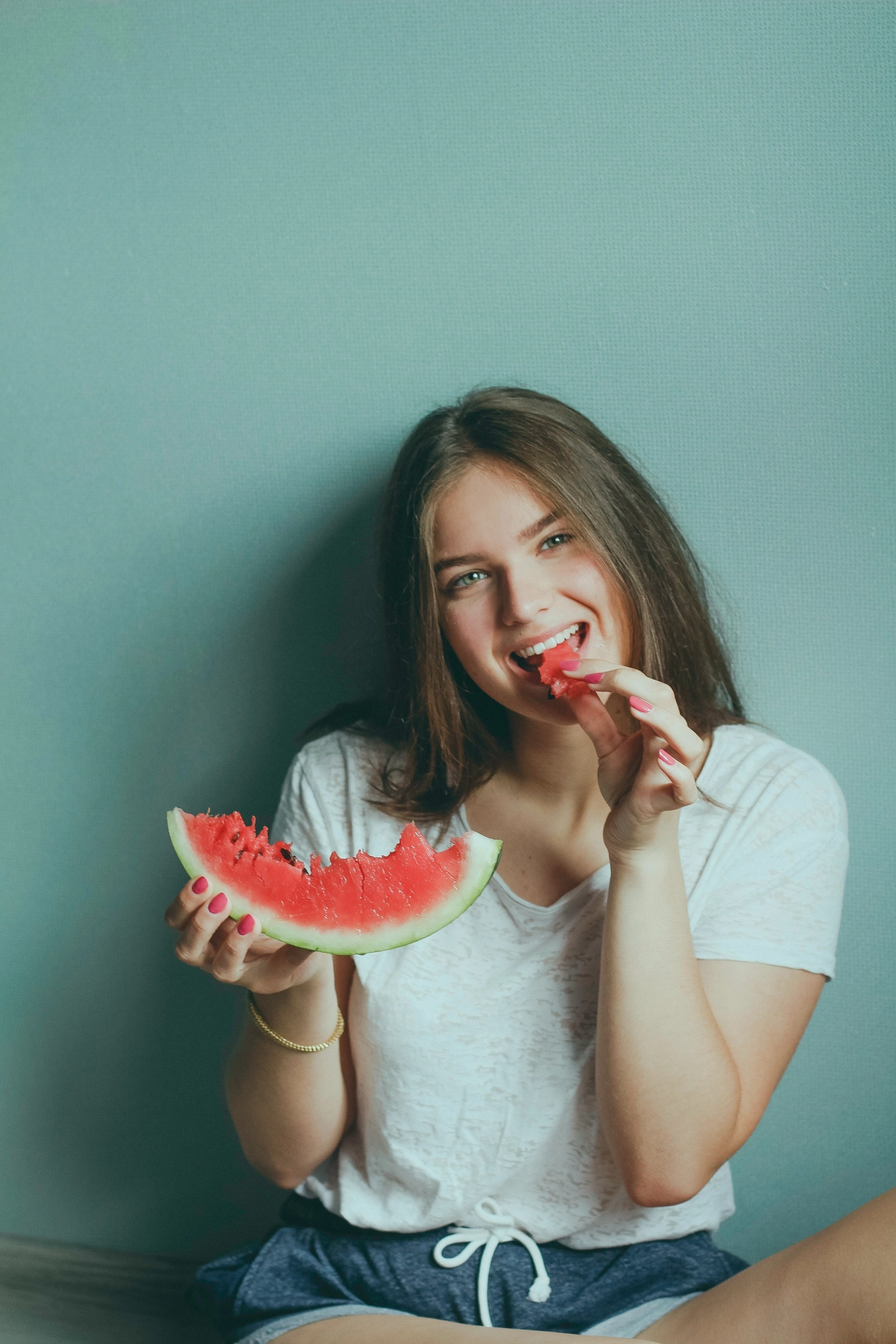If you limit your food choices to a few plants, you may miss out on micronutrients. At the same time, by broadening your choices, you can do something good for the planet, and possibly even for the survival of our civilization.
Save biodiversity while eating
It is great to buy directly from a farm. But if you are like me, you buy most of your groceries at your local supermarket. The shops know what was sold last year and want to offer us the same food this year. In addition to customer demands, supermarkets also have other requirements: short storage time, standard sizes and easy transportability.
Commonly only a few varieties offer all these qualities together. However, precisely these few varieties make up the majority of the products sold. For example, if you buy a banana, it tastes the same this week as it did last year. This is because all these bananas are identical clones of just a few cultivars.
Growing only a few varieties out of hundreds or thousands means, that genetic diversity is also limited. Varieties that are not in demand are not cultivated. Their traits can disappear from the gene pool forever. These lose characteristics are not limited to shape, color or taste, but can also make crops fit for the climate crisis, for example by making them resistant to drought or disease.
According to the World Business Council for Sustainable Development, our global food system is highly dependent on five crops: Wheat, rice, maize, potatoes and soy. In some regions, one of these crops alone can account for up to 80% of calorie intake.
Relying on a few crops usually also means growing them in large monocultures. You do not have to look at the Amazon basin to find disappearing ecosystems. Just take a walk in your immediate vicinity and guess: Could there have been a forest or a wetland where potatoes and wheat are grown today? Which animals and plants could have lost their habitat?
Diversify your food, as you would diversify your portfolio
Agrobiodiversity is the combination of what we harvest and the species that directly or indirectly support food production, such as pollinators, earthworms or soil microorganisms. We can increase agrobiodiversity in many different ways:

- Some shops offer vegetables that do not conform to the usual standards. Buy them, because these "unloved foods" are otherwise often thrown away, before they appear on the shelf.
- Try the unusual variety: blue potatoes, sweet lemons, purple carrots, ball-shaped eggplants.
- Try to understand the differences between the varieties offered in the shop (e.g. floury and waxy potatoes).
- Once a week you can cook a meal with a plant you have never eaten, or not eaten for a long time.
- Go to the local market, or to a regional supplier: They will probably offer other varieties, perhaps even at lower prices.
- In Switzerland, the foundation 'pro specie rara' is a good starting point. In cooperation with a large network of volunteers, it preserves the genetic and cultural-historical diversity of Swiss cultivated plants.
With all of these tips, you should always keep in mind that the products should not be flown in and are ideally seasonal.
Try something new and do good in the process.
Agrobiodiversity sounds a bit bumpy, but it is extremely fascinating. If you keep your eyes open and change your habits just a little, you will see improvements in various areas: The extra micronutrients will boost your overall health. A greater diversity of crops will mean that we as a society can be resilient in the face of the effects of the climate crisis. And of course, all of this together will reduce the loss of biodiversity.
I hope you get a taste for it.